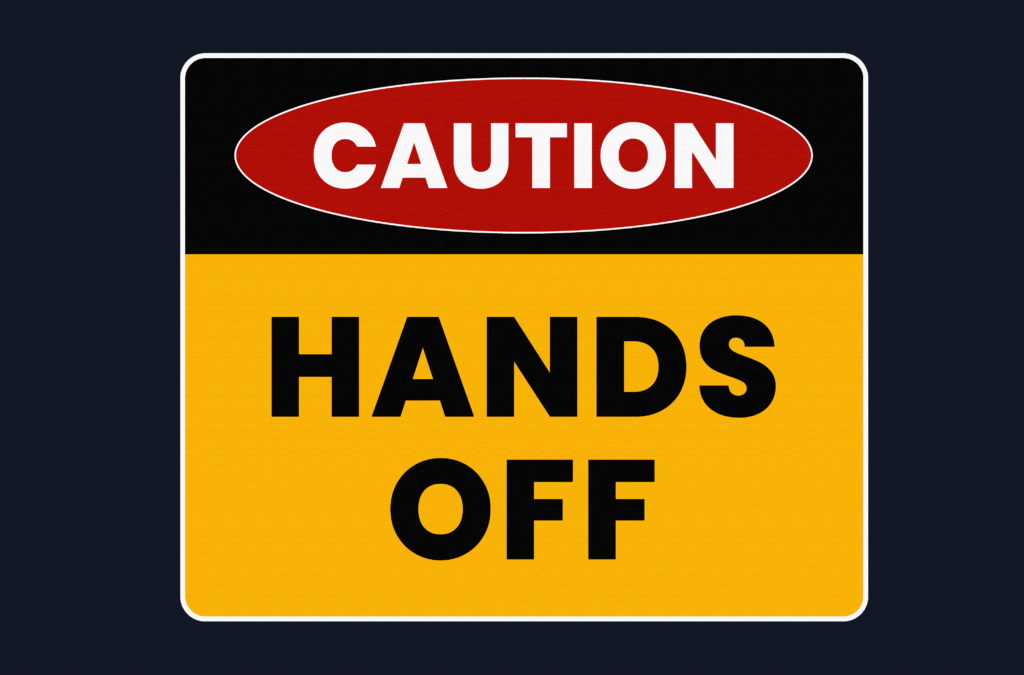

Aclaimant started with an app to report workers compensation incidents but realized technology has a much bigger role to play in managing risk in the workplace.
We felt we had to address this holistic problem and not the symptom. We revisited the technology approach and built what we now call resolution performance systems. The idea is to help companies see risk more clearly and do something about it. Effectively, that means streamlining every phase of workplace safety, incident and claims management into a single tool to help these clients supercharge their safety, risk management, claims and incident management programs to become a better risk by optimizing every step of the process.
For us, being able to find a way to help democratize that knowledge throughout the organization is where you begin to drive meaningful improvement. Not only do you get that event reported immediately, our real finding is how you can improve those outcomes. When an event has happened, it’s happened, but the companies that are really differentiating themselves are the ones that are being proactive with injured employees, that are immediately doing everything to address the potential liability for the company, and protecting their employees and their P&L.
What’s important is being able to truly help these companies effectively streamline their risk management process, because the people who are doing a better job of managing those processes are actually doing a better job of protecting their businesses and consequently doing a better job of reducing risk and reducing the cost of risk to the business.




